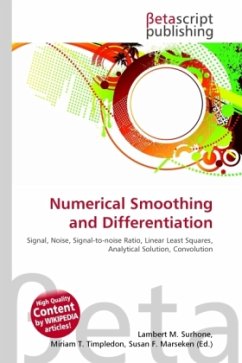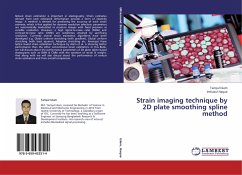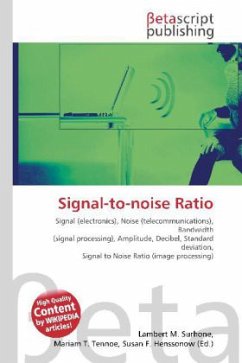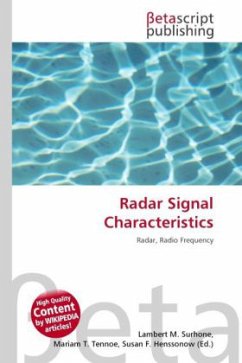
Numerical Smoothing and Differentiation
Versandkostenfrei!
Versandfertig in 6-10 Tagen
23,99 €
inkl. MwSt.

PAYBACK Punkte
12 °P sammeln!
High Quality Content by WIKIPEDIA articles! An experimental datum value can be conceptually described as the sum of a signal and some noise, but in practice the two contributions cannot be separated. The purpose of smoothing is to increase the Signal-to-noise ratio without greatly distorting the signal. One way to achieve this is by fitting successive sets of m data points to a polynomial of degree less than m by the method of linear least squares. Once the coefficients of the smoothing polynomial have been calculated they can be used to give estimates of the signal or its derivatives. When th...
High Quality Content by WIKIPEDIA articles! An experimental datum value can be conceptually described as the sum of a signal and some noise, but in practice the two contributions cannot be separated. The purpose of smoothing is to increase the Signal-to-noise ratio without greatly distorting the signal. One way to achieve this is by fitting successive sets of m data points to a polynomial of degree less than m by the method of linear least squares. Once the coefficients of the smoothing polynomial have been calculated they can be used to give estimates of the signal or its derivatives. When the data points are equally spaced a relatively simple analytical solution to the least-squares equations can be found. This solution forms the basis of the convolution method of numerical smoothing and differentiation.












